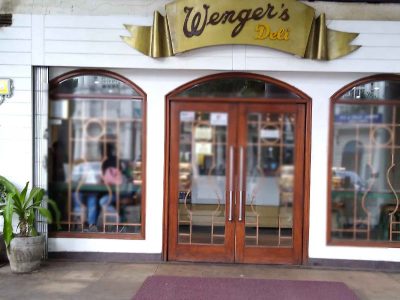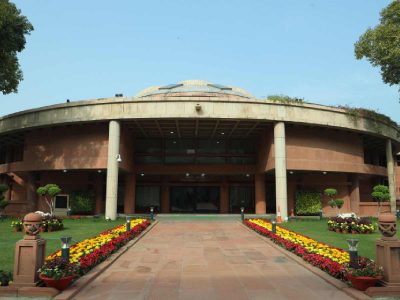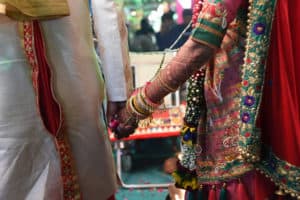The first day registered a huge turnout of people come to watch once again the staging of the story of the Ramayan. The chairs were full and people were seen standing by the walls in order to get a glimpse of the Ram Leela.
This year, as per Delhi Police, around 700 applications have been received for public performances of the Ram Leela. “The number of applications this year has crossed the earlier records”, stated an officer working with the licensing unit.
“Compare it to the number of applications that were filed in the year 2019, when there were 629. This year, after a gap of two years, the number of applications has seen a rise along with the people’s enthusiasm”, he added.
The two years of Covid-19 and pandemic had led to a lot of changes in the traditional format of Ram Leelas in Delhi.
“Due to the Covid-19 pandemic in 2020, the State Disaster Management Authority didn’t allow gatherings at these venues and an online mode was opted by most of the organisers. However, in 2021, permissions were granted while keeping Covid rules and social distancing in mind but still a lot of Ram Leelas continued online,” stated the officer.
From the Ram Leela maidan near Turkman Gate in Delhi to the grounds in front of the historic Red Fort, Ram Leelas are being staged with marquee names and the participation of Bollywood artists. Simultaneously, Ram Leelas are being held on small rickety stages in humble neighbourhoods as well.

Labour of love
A worker on the sets of the Ram Leela at Red Fort was there with his family for the first glimpse of the act after a gap of two years. He told Patriot that he feels proud that a production so magnificent and impressive has been mounted as a result of his contributions.
He recalled the instructions of one of the organisers: “The structure should be so beautiful and awe-inspiring that people would prefer to look at this rather than this centuries-old grand structure of the Lal Qila.”
“Today, when I am standing in front of the stage that I built, it feels like I have contributed something to the celebrations and joy of the thousands of people sitting in front of the stage”, he added.
The Luv Kush Ram Leela Committee, who are the organisers of the Ram Leela at the Red Fort, have opted for the theme of Ayodhya’s Ram Mandir this year. The very first day involved the politicians and actors from the Hindi film industry. This will continue to the last date, when the Prime Minister is supposed to participate.
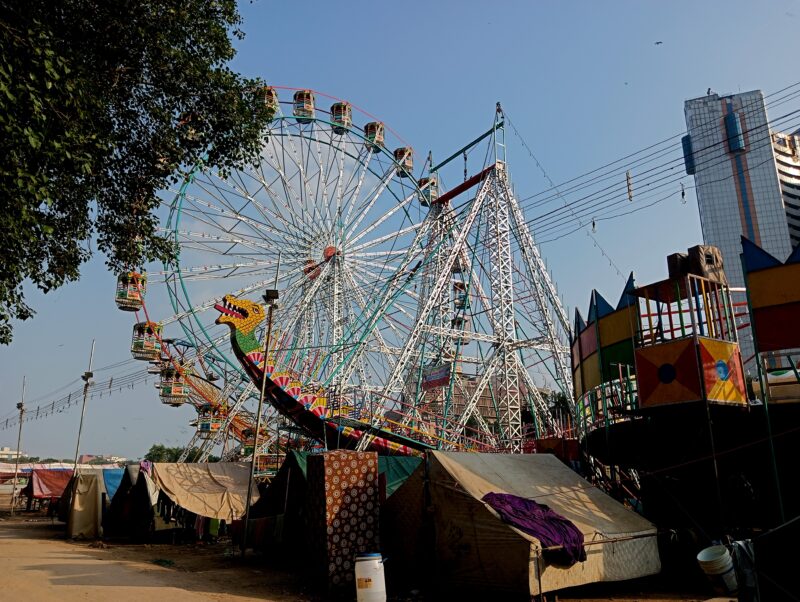
On the same theme of Ayodhya’s Ram Mandir, a separate Ram Leela is being staged not far away near Turkmaan Gate in the historic Ram Leela maidan. This is known to be one of the oldest existing venues in Delhi, tracing its origin back to the Mughal era.
19th century tradition
“It is said that this Ram Leela traces its origin back to the Mughal era, when it was organised and celebrated by the nobles and other soldiers of the Mughal army”, stated Vijay Sarthi, a member of the organising committee who is in charge of the celebrations.
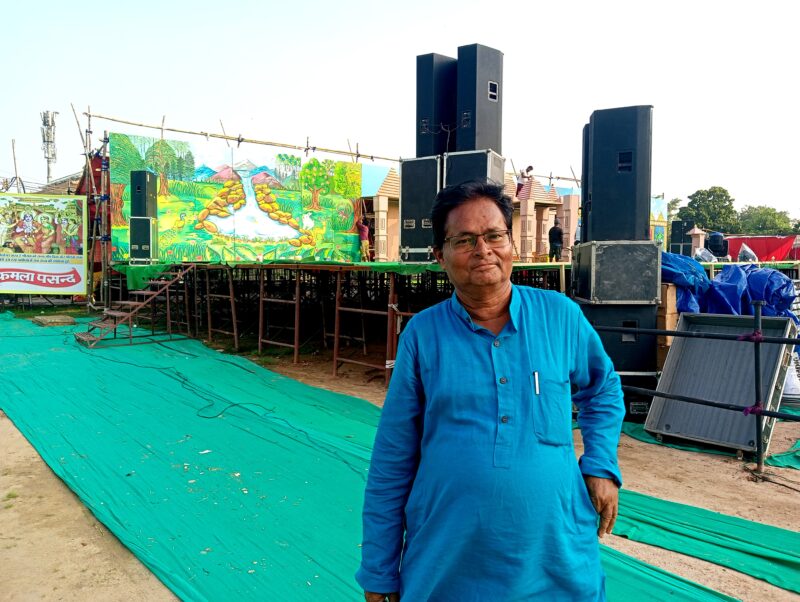
“It is not just the oldest but one of the greatest traditions of Ram Leela in Delhi and I feel proud to say that it still continues to be one of the most attractive productions in the city”, he added.
Sarthi also informed Patriot that they were expecting a crowd of more than 10,000 people on the very first day. “We have planned everything accordingly. For the past two years, when we were not able to stage the Ram Leela the way we used to earlier, members of the organising committee, the artists, actors and even members of the audience were sad and heartbroken. This year when we have the chance, we won’t let it go. Our plan is to make the audience happy with a mere sight of the stage, and that’s why we have preferred the Ram Mandir as our theme this year”.
“And not just this”, he continued, “We have a procession as well, which arrives from the Red Fort before the Ram Leela and then goes back to the same spot when it ends. In this procession which is commonly known as the Shobha Yatra. Almost 20,000-25,000 people participate on a daily basis”, Sarthi told Patriot.
Where Ram Speaks in Urdu
“I have been a regular audience member of this Ram Leela for the past six years. Right from my first year in Delhi, when I heard of it for the first time, I travelled all the way from the Delhi University’s North Campus to Sector 15 in Ballabhgarh, Faridabad”, stated Arya. He works in a Gurugram-based company but never misses the Ram Leela in Faridabad.
“It was almost a foreign concept for me that the Ram Leela here is staged in Urdu. I was quite shocked but I also wanted to know how it happens. My curiosity brought me to this place and till date, I am here sitting somewhere closest to the stage”, he added.
The Ram Leela in Ballabhgarh has been continuously staged for the past 11 years by the Shree Shradha Ram Leela Committee. Earlier, it was performed in Palwal village of Haryana.
Anil Chawla, who has been directing the play for the past 11 years, said that the most attractive part of this Ram Leela is that its dialogues are first of all poetically framed and secondly are all in Urdu. “The actors as well as the audience are amused by this and also by the fact that this represents the changing cultural pattern of India as well”, he added.
“The same Ram Leela was performed in the areas of today’s Pakistan before the Partition of India. When they came to India, they arrived with the traditional Ram Leela and now I believe that it is my duty to pass it onto the upcoming generations”, he stated.
The original Urdu script was written by Narendra Batra in 1976 and the same script continues till date.
Follow us on:
Instagram: instagram.com/thepatriot_in/
Twitter: twitter.com/Patriot_Delhi
Facebook: facebook.com/Thepatriotnewsindia


